Bonhams annual History of Science and Technology sale is a regular feature on the auction calendar each December in New York. This year it will be held on December 7 at the company's Madison Avenue headquarters with another treasure trove of significant artifacts of humanity's scientific heritage.
If you're considering an investment in humanity's scientific heritage, please take the time to have a read of our already extensive research on scientific documents, manuscripts and instruments, because with each major sale, we list equivalent prices paid for sporting memorabilia, entertainment memorabilia and other culturally and historically significant items at auction. Our inevitable conclusion is that scientific documents, manuscripts and instruments are significantly undervalued in comparison to any other auction genre.
It will not remain that way forever. Science is the bedrock upon which our understanding of the world was built. There are items at this auction that should be worth more than Mohamad Ali's boxing gloves or a baseball card, or a prop from a movie.
Science underpinned the development of radio, television, movies and the internet and has given mankind access to every kind of artistic endeavour. These landmark artifacts will be restored to their rightful place at the auction block at some point, which may be decades away. We're confident they will eventually be worth many orders of magnitude what they are today in the longer term.
That said, here's our take on the 10 best affordable investments that might make a significant Christmas present for the beloved geek who has everything, or maybe to kickstart an investment portfolio for a newborn, or simply to have a keepsake of one of mankind's most illuminating moments.
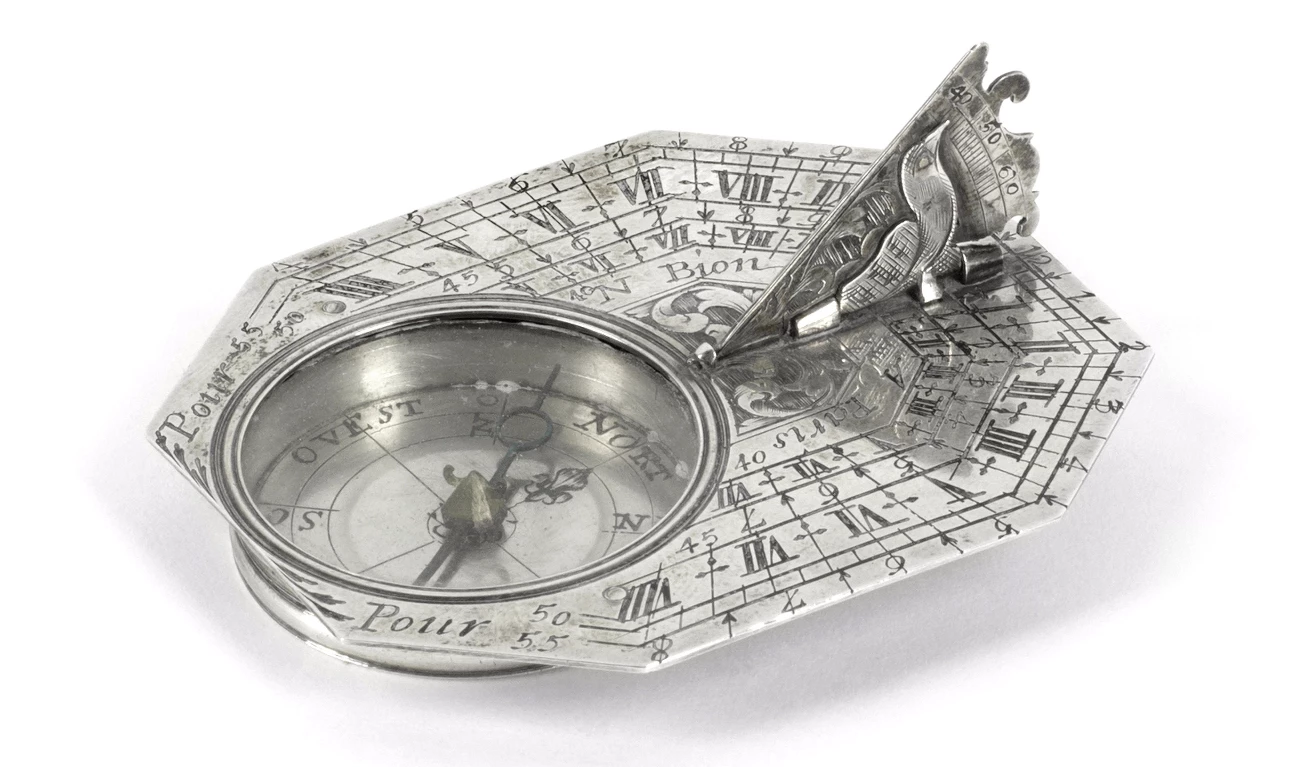
Nicolas Bion silver Butterfield dial circa 1685-1715
Estimate: US$2,200 to $3,000 | Auction Link
British Clockmaker Michael Butterfield (1635-1724) did not invent this instrument, but he was one of the first to produce it and it became his signature piece. When Butterfield settled in Paris in 1663, he opened a scientific instruments shop in Saint-Germain and began working for the royal court of France, being appointed engineer to the King. Russian Czar Peter the Great was also a customer. The Butterfield dial is a type of portable sun dial with compass that can be used in a number of different latitudes. The dial plate is engraved with a number of different hour scales serving different latitudes and the adjustable gnomon allows for the latitude angle. When he died, many others copied his designs and Nicolas Bion (1656-1733) was one of the best known to continue Butterfield's work.
This particular instrument is signed by Bion, with the dial engraved with four hour scales in Roman and Arabic numerals, and the base is engraved with twenty-nine European cities and their latitudes. Bion held the position of Ingenieur du Roi for mathematical instruments (as had Butterfield) and was the Jure of the Founders' Corporation 1700-02. More info can be found at the Compass Museum.
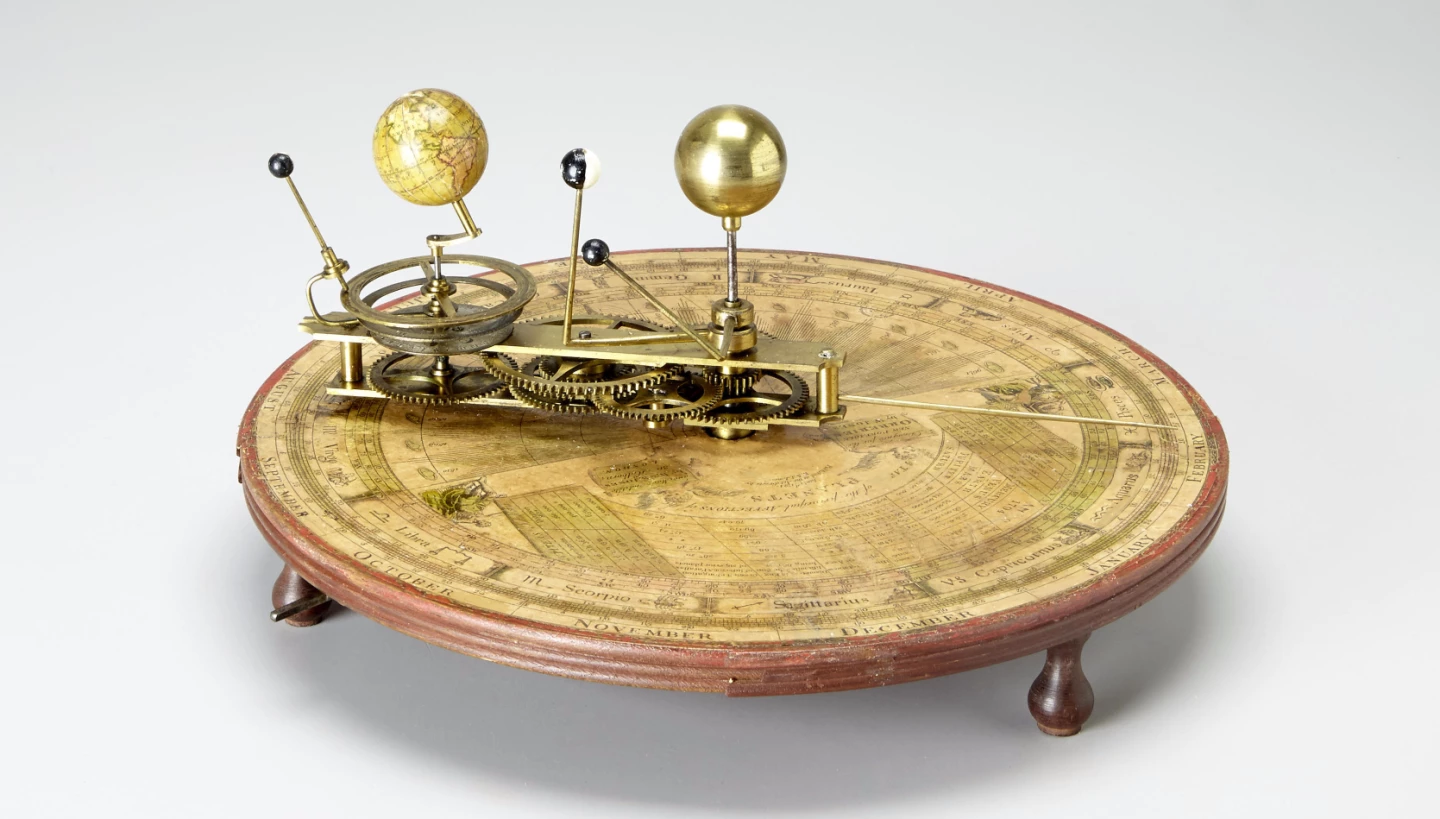
Late 18th Century Portable Orrery
Estimate: $8,000 to $12,000 | Auction Link
An orrery is a mechanical model of the solar system that illustrates the relative positions of the Earth, other planets and sometimes moons. This 12-inch diameter portable orrery was built in the late 18th Century by W & S Jones of London. The orrery is hand cranked and driven through a geared tellarium mechanism to predict the relative locations of the Earth, Moon and two planets around the Sun. The 38-mm diameter Earth is made of printed, hand-coloured gores, mounted above a ring engraved with the Zodiac signs and a disc showing the phases of the Moon.

Portable Pocket Globe by Richard Cushee c 1729-1731
Estimate: $4,000 to $6,000 | Auction Link
This finely-made 3-in (7-cm) diameter pocket globe includes both a terrestrial and concave celestial globe created using hand-colored copper-engraved gores. It depicts California as an island, north-western America as "Unknown Parts" and Australia as "New Holland," while the Dominion of Muscovy as well as the Great Wall of China are both noted. Made in London by Richard Cushee.
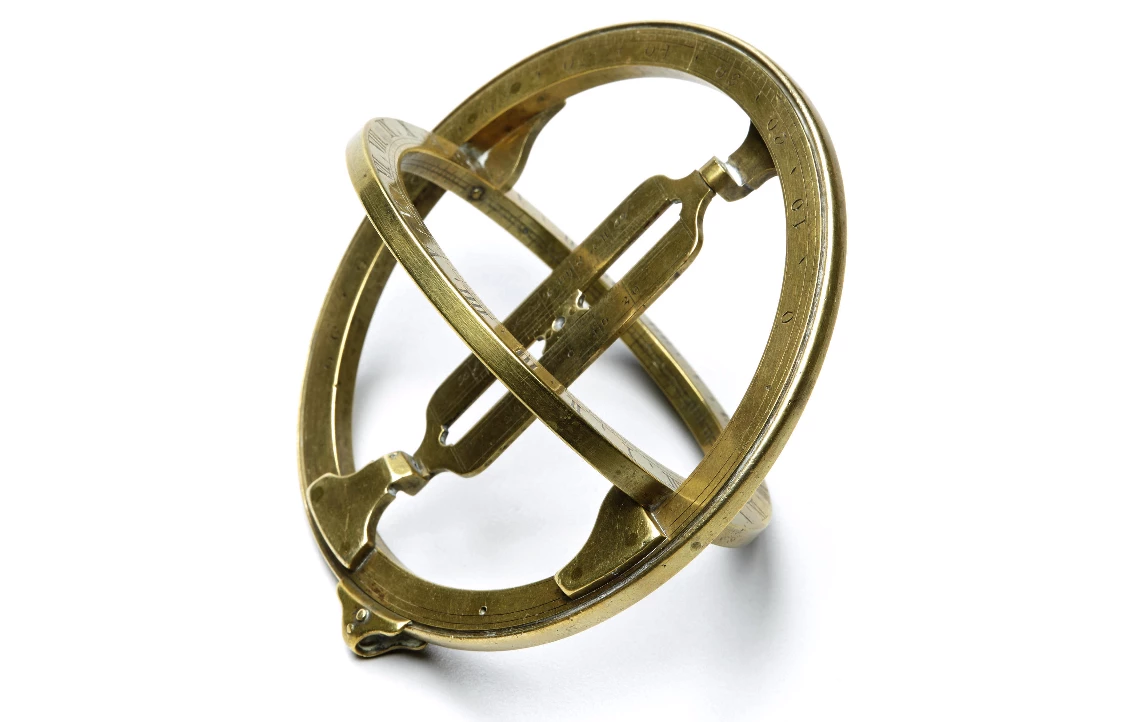
George Adams brass universal equinoctial ring dial circa 1760
Estimate: $2,500 to $3,500 | Auction Link
A universal equinoctial ring dial is a portable version of an armillary sundial and was invented around 1600, becoming common throughout Europe. Align the dial towards true North, suspend it from a cord through the moveable suspension point on the vertical meridian ring to match the local latitude, and the Sun's rays shine through the slit in the central bar to fall on the hour-lines of the horizontal equatorial ring. Crafted and signed by George Adams in London in the third quarter of the 18th century, Adams was appointed as instrument maker to both the Prince of Wales and George III, and mathematical instruments maker to the Office of Ordanance.
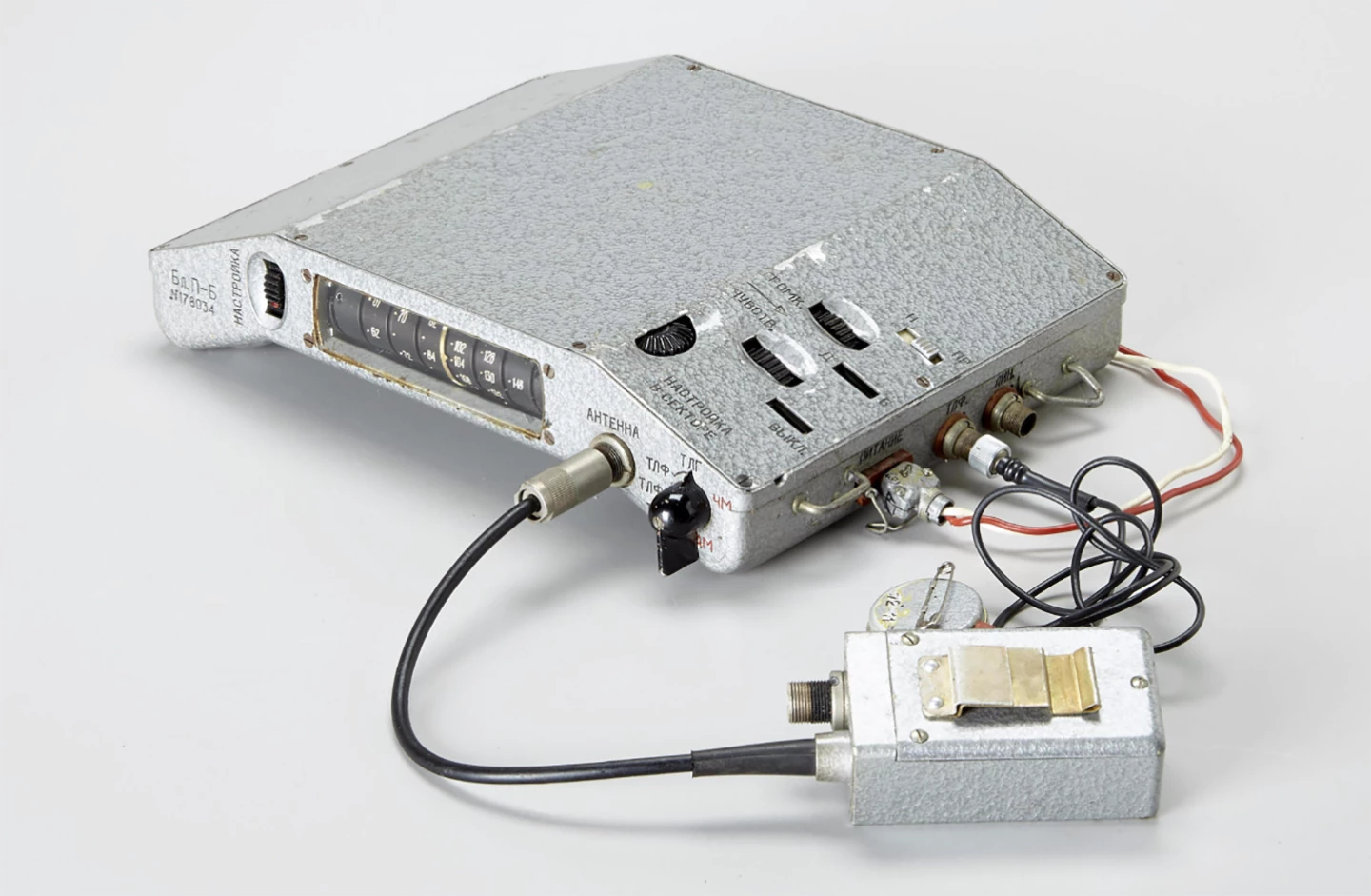
Soviet Cold War Wearable Filin Intercept Receiver c.1970
Estimate: $1,000 to $1,500 | Auction Link
This Soviet-made body-wearable Filin Type B (wide-range 60-150 MHz) intercept receiver was used by the Stasi (short for Staatssicherheit, being the feared East German Secret Police) to eavesdrop upon and pinpoint the source of enemy communications during the "Cold War." The curved design enabled the device to be worn on the chest so it could be hidden under clothes and the agent used a disguised headphone (3 cm in diameter and pictured between the main units above) attached on the inside of his collar. The cryptomuseum website has a complete technical rundown on the device.

Darwin's On the Origin of Species – first and second editions
First edition estimate: $25,000 to $35,000 | Auction Link
Second edition estimate: $1,500 to $2,500 | Auction Link
First published in 1859, Charles Darwin's On the Origin of Species by Means of Natural Selection is one of the most important scientific documents of all time and the foundation of evolutionary biology. Darwin's book introduced the scientific theory that populations evolve over the course of generations through a process of natural selection. It presented a body of evidence that the diversity of life arose by common descent through a branching pattern of evolution. Bonhams is selling both a first edition (above left) and a second edition (above right) of this work in consecutive lots.
From the auction description: "Darwin not only drew an entirely new picture of the workings of organic nature; he revolutionized our methods of thinking and our outlook on the natural order of things. The recognition that constant change is the order of the universe had been finally established and a vast step forward in the uniformity of nature had been taken"

A Lapidary or, The History of Precious Stones: With Cautions for the Undeceiving of all Those That Deal with Precious Stones
Estimate: $1,000 to $1,500 | Auction Link
In the history of geology there have been many landmark books, and this book by Thomas Nicols, published in 1652, is one of them. It is a first edition of the first book written in English on gemstones. The cautionary title is clearly aimed at a public that had been regularly duped by gem dealers 400 years ago, so it's a perfect display item for any jewelers shop and one which will appreciate in value with each passing year.
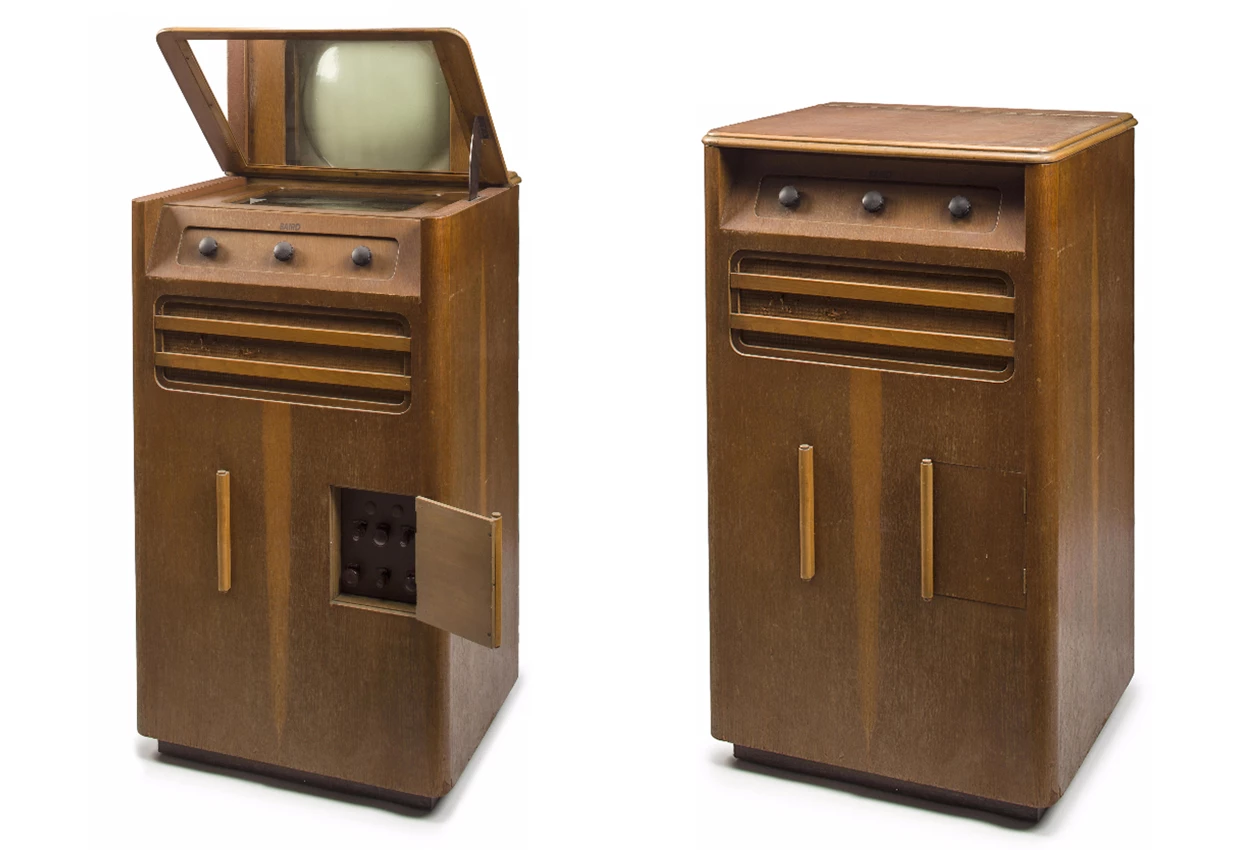
1936 Baird Mirror-Lid Type 23 Televisor Television
Estimate: $15,000 to $20,000 | Auction Link
Television has done more to spread culture globally than any other communication medium prior to the internet, and just 80 years ago it was all getting started. This 1936 (serial no 39) 15-in Baird Type 23 Televisor with circular Cathovisor CRT and a mirror lid is the lowest serial number pre-1940 television set known, and it's a fair bet that a century from now, it will be worth many times its current estimate.
As the auction description states, "One of the rarest and most desired treasures of pre-1940 television sets," and it most certainly is. This set was built before even the first few experimental transmissions in London, and when it went on sale it cost in excess of £100, which was half the price of the average house. Of the few hundred pre-1940 televisions made and sold in Britain at the time, only a very small handful have survived. It's a museum-quality specimen, so my tip is to buy it, leave it to your children and a few decades from now when true historical perspective has been established, it will be worth a fortune.

Original memorabilia from the discovery of DNA
Estimate (Watson drawing): $1,000 to $1,500 | Auction Link
Estimate (Crick & Watson paper): $5,000 to $7,000 | Auction Link
In our recent extensive feature article on the 50 most valuable scientific documents and manuscripts, a letter from Francis Crick to his son revealing the discovery of the structure of deoxyribonucleic acid (DNA - the building block of life) is in fourth place, having sold at auction for $6,059,750. That places it behind only "The Theory of Relativity" by Albert Einstein ($6,500,000), "The Birds of America" by John James Audubon ($11,570,496), and "The Codex Leicester" by Leonardo da Vinci ($30,802,500) and highlights the importance of the discovery in historical terms.
Similarly, the Nobel Prize medals awarded to Crick and Watson for their discovery sit in first and second place on the list of the most expensive Nobel Prize medals ever sold. Crick died in 2004, and his medal rightfully smashed all records at auction for a Nobel Prize, selling at Heritage Auctions in April, 2013 for $2,270,500. This remarkable price was then doubled when Christie's sold James Watson's medal for $4,757,000 in December, 2014.
It'll be interesting to see how well these items fare on the auction block, but expect fireworks because it is rare that items such as these come up for auction and there are a few precedents above that suggest many collectors have twigged to the fact that the discovery of DNA is in the same category as the other landmark scientific discoveries of Copernicus, Kepler, Galileo, Einstein and Newton. If James Watson's signed drawing of the DNA molecule sells for $1,000, the underbidders should be certified.
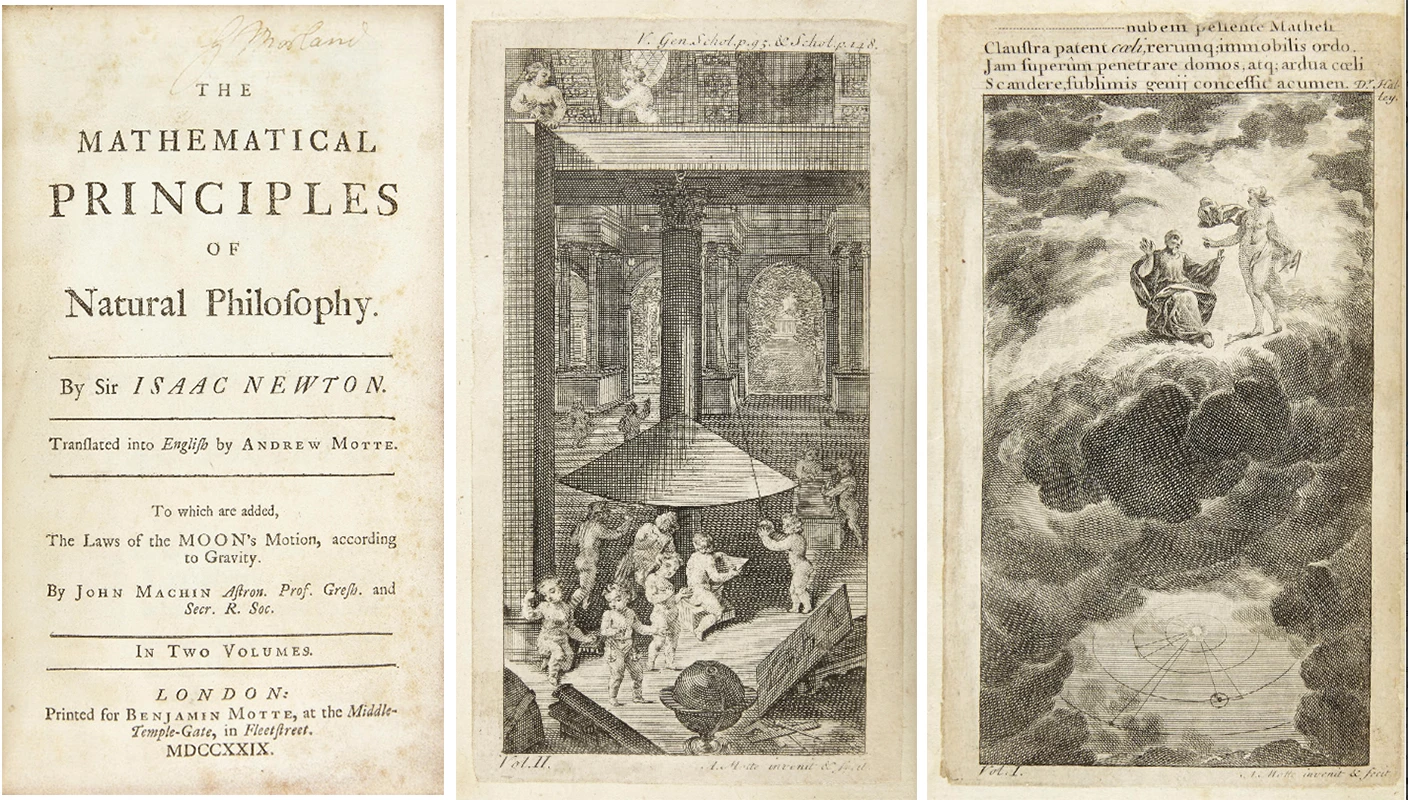
Mathematical Principles of Natural Philosophy by Isaac Newton
Estimate: $20,000 to $30,000 | Auction link
The above offering is a first edition of Sir Isaac Newton's landmark Philosophiae naturalis Principia Mathematica printed in English in 1729. Principia was the culmination of the scientific revolution, effectively ushering in the era of modern science and modern physics with its mathematical explanations for gravity and motion. Albert Einstein best summed it up with the words, "perhaps the greatest intellectual stride that it has ever been granted to any man to make."
Newton composed Principia Mathematica during 1685 and 1686. It was first published in Latin on 5 July, 1687 and first edition of that book was sold by Christie's (New York), in December, 2013 for $2,517,000. From the auction description: The Principia is generally described as the greatest work in the history of science. Copernicus, Galileo and Kepler had certainly shown the way; but where they described the phenomena they observed, Newton explained the underlying laws.
Do the math. This is a gilt-edged long term investment
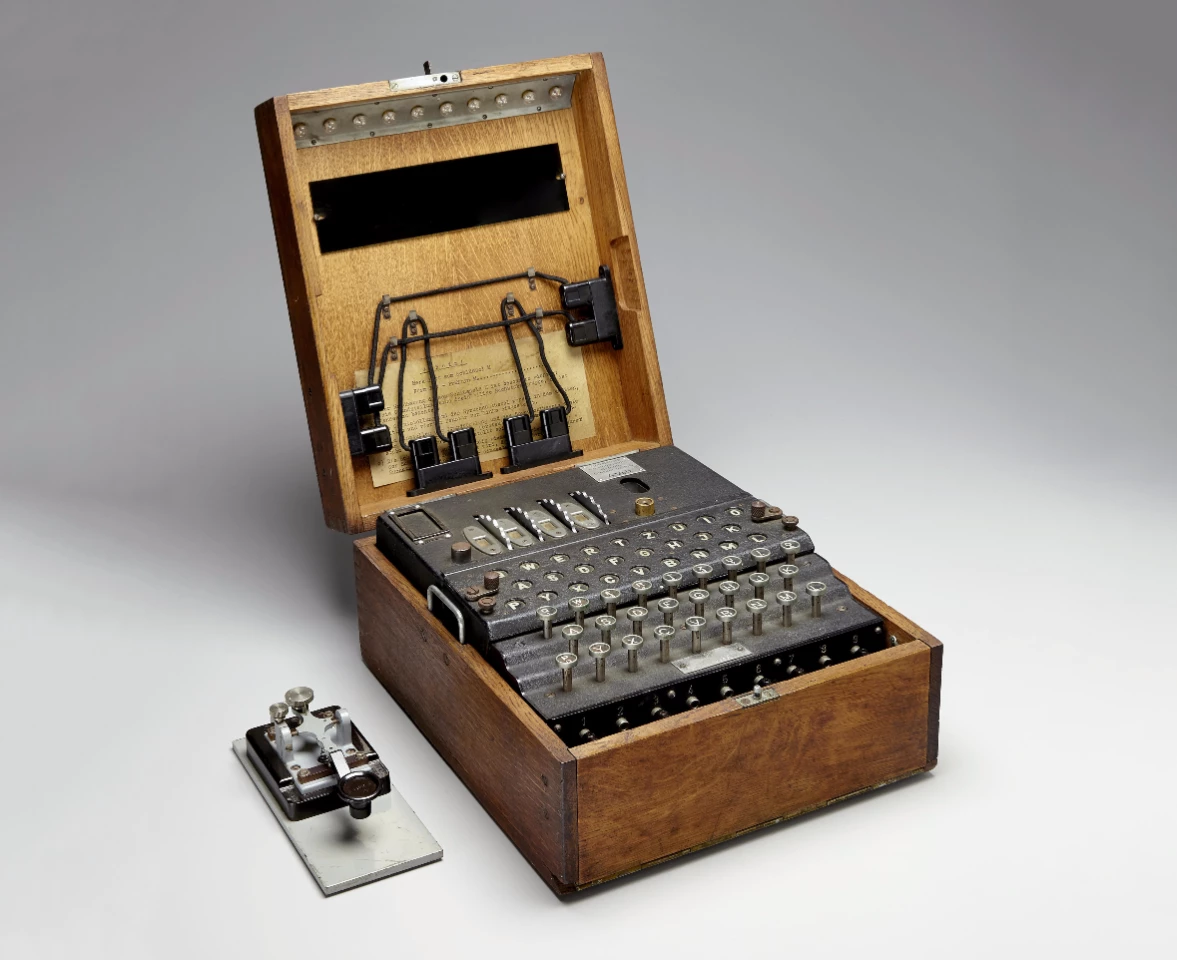
... and many more wonderful items of scientific fascination
Browse the Bonhams catalog for the sale and you'll find many more items of immense scientific fascination that will one day be revered as the foundations of scientific knowledge. In our research of scientific documents, manuscripts and instruments, we concluded that the marketplace for historically significant scientific instruments is grossly undervalued and that very few celestial and terrestrial globes, armillary spheres, astrolabes and clocks have fetched significant prices and that a goodly proportion of the top 20 scientific instruments ever sold at auction are WW2 German Enigma encoding machines.
This auction includes an M4 Enigma machine with an estimated price of $280,000 to $350,000 and while that's not particularly affordable, only 120 of this four-rotor model M4 Enigma machine are believed to have survived. These are mainly in official hands making this a particularly rare opportunity for collectors to acquire one of the iconic machines of the Second World War in perfect working order.
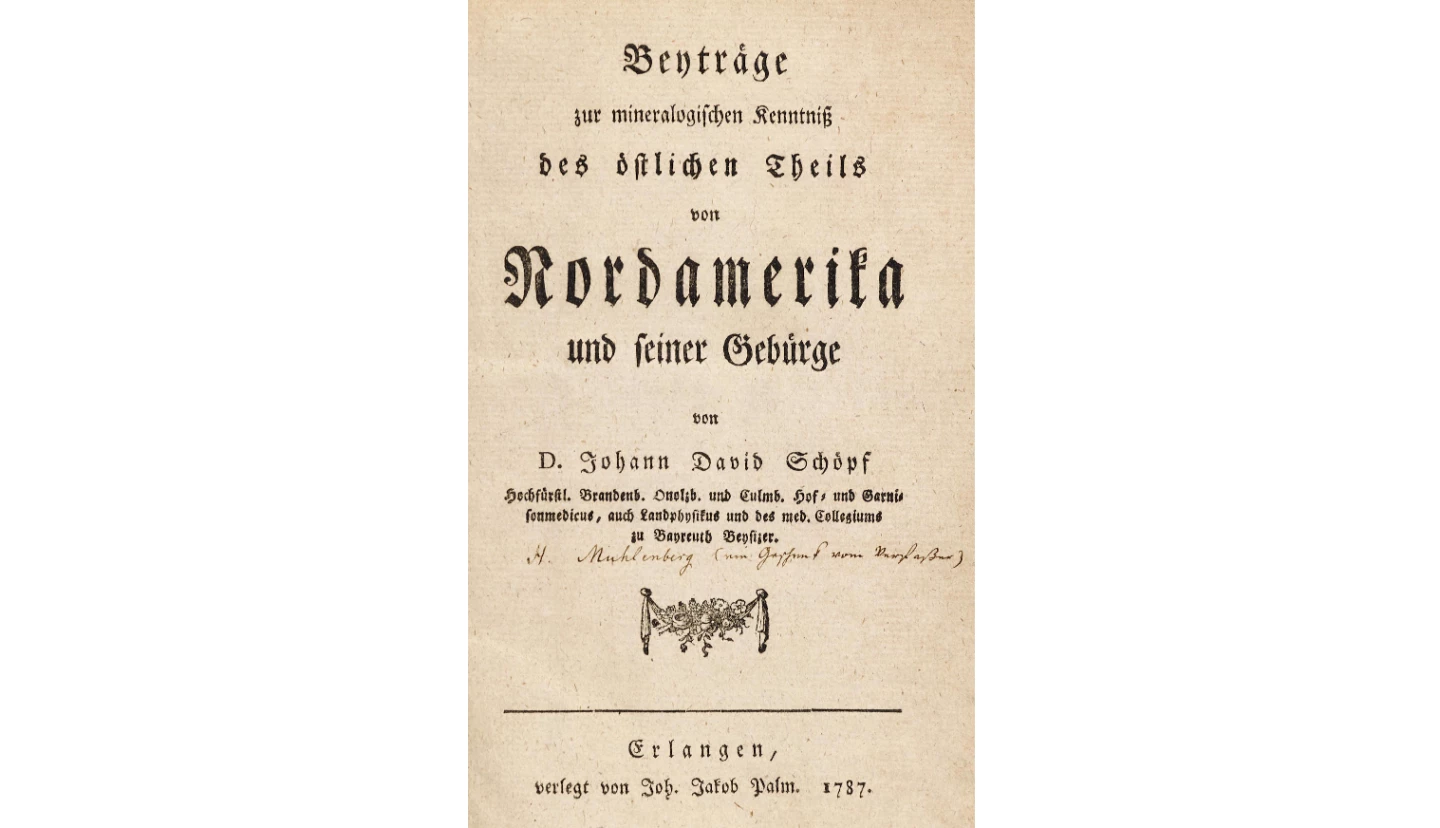
There's much more in this auction including a first edition copy of Beyträge zur mineralogischen Kenntniß des östlichen Theils von Nordamerika und seiner Gebürge by Johann David Schoepf (1752-1800). It is in German but it is highly significant to America's heritage because Schoepf came to America in 1777 as chief surgeon for the Ansbach regiment of Hessian troops fighting in the American Revolution. After the war he traveled for two years throughout the States, British Florida and the Bahamas studying the land as a scientist. The above work collects his observations on North American minerals and is considered to be the "first consequential work on American geology." With an estimate of just $3,000 to $5,000, it could easily have been included in the top 10 list above and will also appreciate in value over time.









